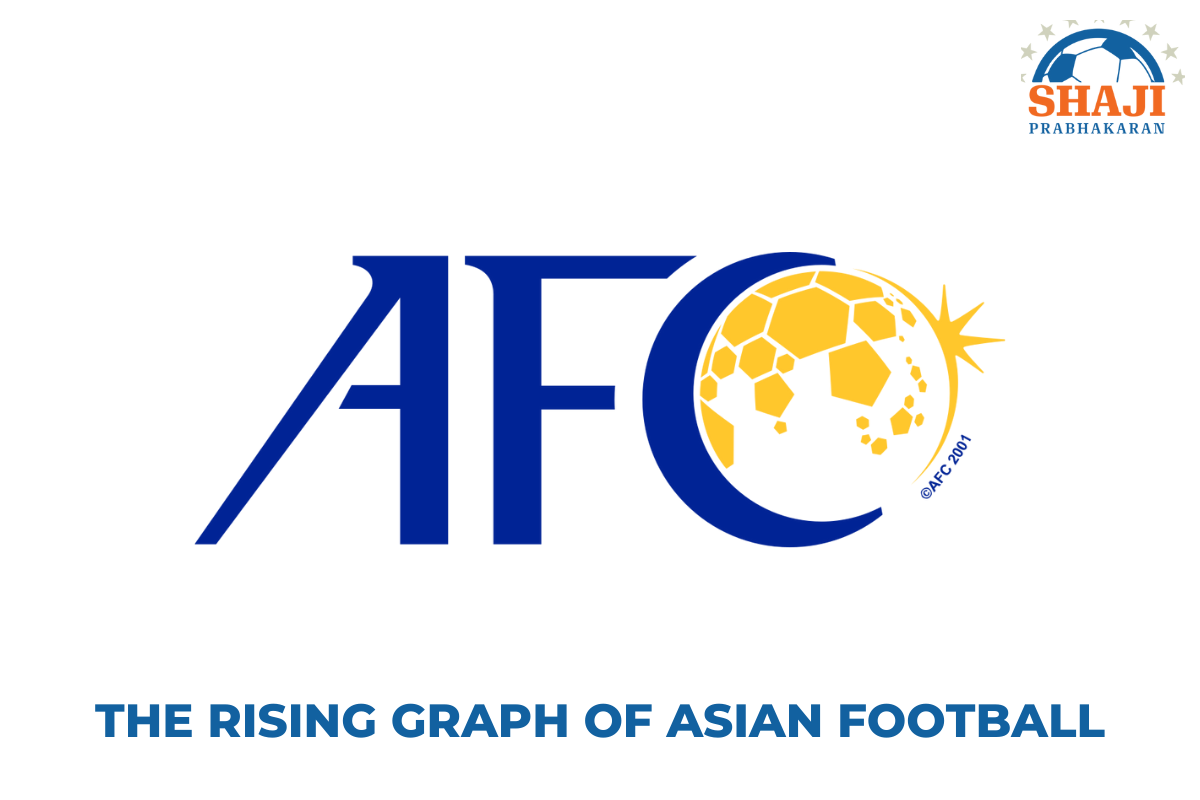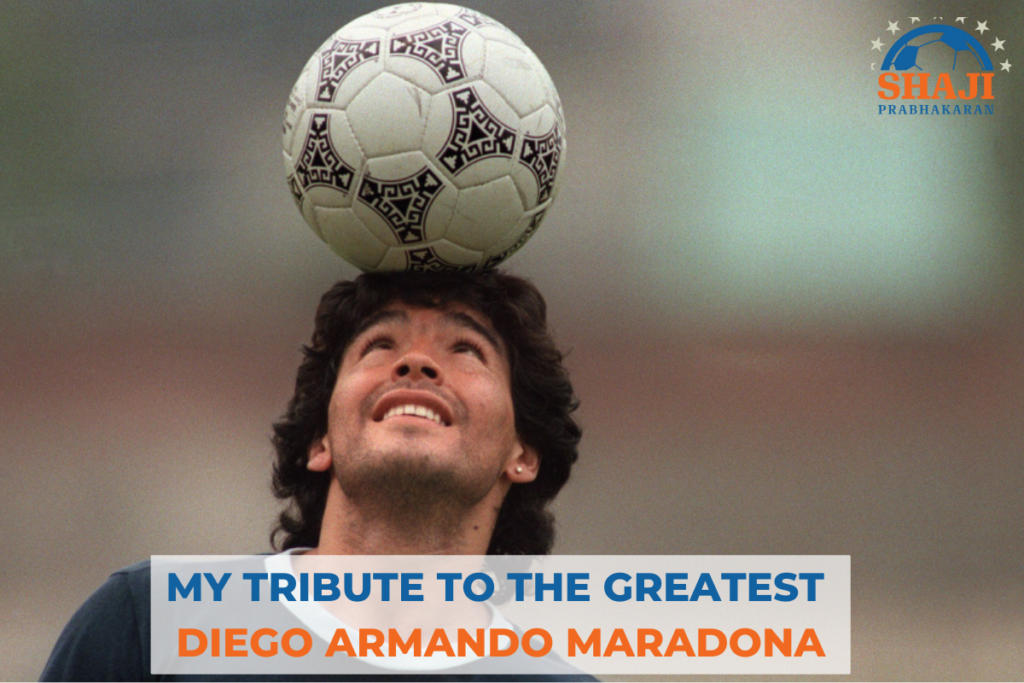The West and South America have always been considered the powerhouse of world football; countries such as Brazil, Argentina, Uruguay, Spain, Germany, and Italy have been dominating football for a long time. The Asian countries have always lagged behind with no footballing structure or system in place, with most countries even lacking the required infrastructure for the game. But it’s high time now that we remove the stereotype “not good enough” and highlight the progress Asia has made as a whole over the years to match the best of the best. The high point for Asia was when it hosted the FIFA World Cup in 2002 and one of the co-hosts Korea Republic qualified for the semifinals of the World Cup. Thus Korea made history that year and became the first country from Asia to qualify for the semis. Previously North Korea had set the bar for Asian football when they qualified for the quarterfinals in 1966. Asia, with the largest population, has a key part to play in the future of world football Critics might state that since 2002 Asian teams have not fared well in the World Cup and that is an indication of Asian football not making much progress thereon. However, the fact is that Asian football has made significant progress since hosting the FIFA World Cup in 2002. The Japanese women’s team winning the FIFA Women’s World Cup in 2011 and thus becoming the champions of the world is a perfect example of Asian football’s progress. DEVELOPMENT OF ASIAN FOOTBALL Looking at the major countries of Asia, one can safely predict that the future of Asian football will be great. The 2022 FIFA World Cup will be hosted by Qatar, China has ambitious plans in football, and India is hosting the U17 World Cup in 2017 and has a great focus on football development. Indonesia has a lot of potential and will be raring to prove themselves. Korea, Japan, Iran, Uzbekistan, etc. are consistently moving forward and Iran coming out of major sanctions will spur football growth significantly. The economic revival of Iran will boost the country to throw up many Asian Stars in the future.
Development initiatives, strengthening football governance, increasing value proposition of Asian Champions League and other competitions are the sign of progress
CHINESE FOOTBALL DEVELOPMENT PROGRAM Seeking to close the gap in its international sporting prowess, China has announced an ambitious football development model that will see 50 million players joining the game by the end of the decade and see the transformation of the country into a major footballing power by 2050. To achieve these goals, China is set to install 70,000 football pitches. This program especially targets long-term youth programs with more than 30 million primary and secondary school children to play regularly along with training programs for 10,000 coaches. The plan has been devised into three stages, with short-term goals set for 2020, mid-term for 2030, and long-term goals for 2050.
President Xi Jinping has made boosting Chinese football’s fortunes a top sporting priority
FIFA CLUB WORLD CUP The FIFA Club World Cup which was started in the year 2000 is the top of all club competitions. This is the platform where the might of Europe and South America face the Asian clubs and put them to the test. Since the start of the competition mostly top-tier European clubs such as the likes of Manchester United, Real Madrid, Barcelona, and Inter Milan have taken the trophy home but we cannot discount the fight Asian clubs have put up to grab the second and third place over the years mounting over clubs from the middle east and South America. Urawa Red Diamonds (JAPAN) Third Place-2007 Gamba Osaka (JAPAN) Third Place-2008 Pohang Stealers (South Korea) Third Place-2009 Auckland City (New Zealand) Third Place-2014 Sanfrecce Hiroshima (JAPAN) Third Place-2015 Guangzhou Evergrande (Semi-finals)-2015 ASIAN REFEREES AND COACHES Asian Referees are also making huge progress at the world stage. The coaching competencies of Asian coaches are only going up and few countries are very self-reliant as far as coaches and managers are concerned. That shows capacity development of human resources is picking pace and the overall quality of Asian manpower is at par with the world level in football. THE BEST OF ASIA Many Asian players are playing in the top competitive leagues in Europe and the contribution of the Japanese player Shinji Okazaki to Leicester winning the BPL is a great example of Asian players making their mark in the most competitive leagues of the world. There are many other Asian players who are key players for their European teams; namely, Shinji Kagawa who has been an important player for Borussia Dortmund for many years now, and also became the first-ever Japanese player to sign for Manchester United. Yuto Nagatomo, another Japanese international, has guarded the right-back position for Inter Milan for over 6 years now and cemented his place in the team. This number will significantly rise in the coming years due to the development initiatives of Asian countries particularly with youth development.



